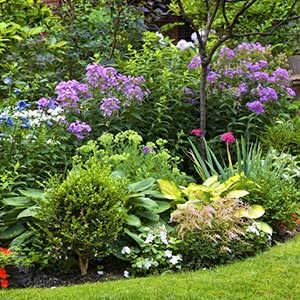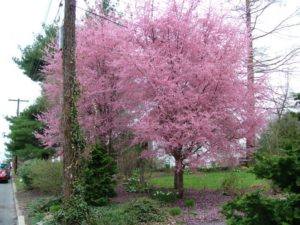You will be the best plant caretaker if you assure that your bonsai pine trees are kept a little dry on their sides when you see them to start establishing. Enabling them to dry out a little bit in between minutes of watering them will be useful. Fertilizers that are particularly fitting for bonsai, a mix of 0-10-10 should be used specifically when it is springtime. Although you have to stick to organic fertilizers, you can optionally choose inorganic as well. The minute the tree's buds begin to swell, you can stop the application of fertilizers. It's likewise crucial to follow that fertilizers are just fed when brand-new needles are absolutely established and firmed so that they can go green and barely textured.
Styling and pruning pine trees to make them into bonsai can be hard and extremely challenging. All throughout growing season, other tree species like Junipers unstoppably appear new leaves and shoots. This means that you will have to continually employ removal methods so that they do https://brooklynne.net/profiles/blogs/become-an-expert-on-tree-trimming-by-watching-these-5-videos not look too extended. In the event evergreen, your optimal attention is to grow them in a single blush and you can prune them in a different way to comprise bonsai evergreen. Straightforwardly, you can cut back in a defined time of the year however it would depend upon the type of pine species. This is rather mind-blowing, yes, but if you discover to do the craft of pruning evergreen, you'll get used to it. The differing climates likewise offer an effect to how the evergreen grow, thus getting you confused in pruning them. These elements of growing evergreen are to be figured out beforehand.
Selecting The Most Desired Citrus Trees Intended For Your Grounds

As the bonsai pine trees intensify up and develop their look, the roots become stronger. This recommends that they require to be transferred to larger pots or rooted directly to the ground. Pine trees naturally require deep foundation. With appropriate caretaking methods and finding out additional notes about how to prune and rear evergreen, you can't end up incorrectly with bonsai evergreen.
Pine trees are fantastic. If you have actually ever roamed through a pine forest you will know the lovely fresh smell of these evergreen trees. They are extremely beneficial to humanity for wood, pulp, and in some cases, pine nuts.
There are over 100 types of pine tree and they are all categorized under the genus Pinus in the family Pinaceae. They range is size from 3-80 metres tall. The tallest types is the Ponderosa Pine which is discovered in the U.S.A.. Pines have needles (long, pointed, adult leaves) and cones (seed carrier) and are quite unique since of this and their smell.
The oldest known pine was a Bristlecone Pine found underneath Wheeler Peak in the U.S.A.. It was dated to 4,900 years of ages utilizing the dendrochronology approach; counting tree rings - one for every single year of life. Because it was cut down however it has actually been named Prometheus after the Greek immortal who brought knowledge (symbolised by fire) to humans, it is no longer alive.



















